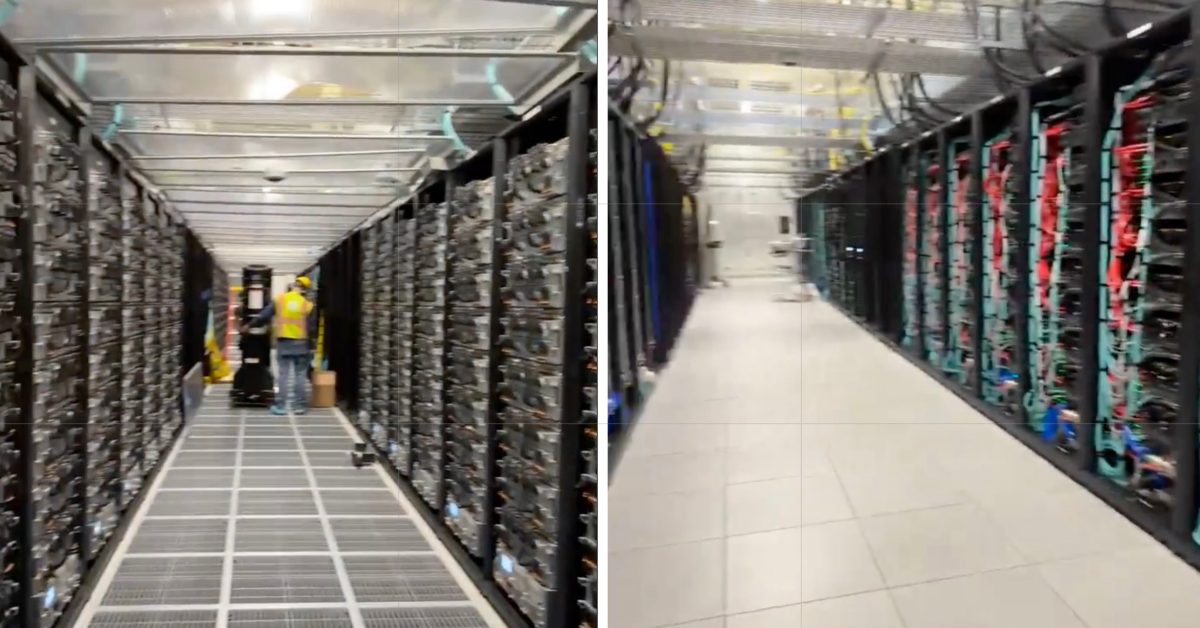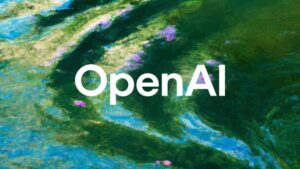Tesla’s Cortex Supercomputer Manager Exits to Join OpenAI

Tesla’s Cortex Supercomputer: Recent Developments and Talent Movements
Introduction to the Cortex Supercomputer
Tesla is making strides in artificial intelligence (AI) by investing significantly in its supercomputing capabilities. The company has established a supercomputer named “Cortex” at its Gigafactory in Austin, Texas. This facility is a part of Tesla’s broader initiative to enhance its self-driving technology through powerful computing resources.
Facility Specifications and Goals
The Cortex supercomputer is designed to eventually support a substantial 500 megawatts (MW) of power, although the initial phase has been launched with about 100 MW capacity. This robust setup aims to facilitate the training of neural networks critical for achieving Tesla’s self-driving ambitions. However, the project has faced some setbacks and delays along the way.
Leadership Changes: Adam Wilson’s Departure
Recently, Adam Wilson, who was leading the technical program for the Cortex supercomputer, left Tesla to take a position at OpenAI. His transition to OpenAI highlights a trend of talent shifting from Tesla to other tech giants, particularly those involved in AI. Previously, Wilson was recruited from Meta to bring expertise in data center design to Tesla’s ambitious projects.
The Musk-OpenAI Dynamic
Elon Musk, Tesla’s CEO, played a pivotal role in the formation of OpenAI but stepped away in 2018, citing potential conflicts of interest due to Tesla’s focus on AI technologies. Since then, significant competition has developed between Musk’s interests in AI and OpenAI’s advancements. Musk later went on to establish xAI, intended as a competitor to OpenAI, seeking to control more of the AI landscape that he originally helped create.
OpenAI’s Stargate Project
Wilson’s new role at OpenAI involves leading the deployment of a new initiative called “Stargate.” This project aims to generate substantial computing power—rumored to be hundreds of billions of dollars’ worth—across the United States to support OpenAI’s expanding suite of products. This indicates a significant leap towards scaling AI capabilities and infrastructure, which is essential for the company’s growth plans.
Tesla’s Needs for Data Centers
On Tesla’s end, there is a pressing need to develop more data centers to support its ongoing projects, particularly in training for self-driving technology. The company has been focusing on refining its “Supervised Self-Driving” system, yet progress has stalled. Tesla is currently prioritizing its resources towards local software training for a ride-hailing fleet it plans to roll out in Austin by June.
Achieving Higher Levels of Autonomy
Experts suggest that to reach levels 4 or 5 autonomy, which signify high levels of self-driving capability, Tesla may need to increase its training computing power significantly—potentially by tenfold based on current methodologies. This intensifies the importance of establishing robust computational capabilities, such as those offered through the Cortex supercomputer and the proposed data centers.
The Talent Exodus Trend
The departure of talent like Adam Wilson reflects a broader trend within the tech industry, where experts continually move between companies, particularly in dynamic fields like AI. As firms compete for various talents, these shifts can impact ongoing projects, innovation rates, and corporate aspirations. Tesla’s loss of key personnel to a company like OpenAI, which Musk originally helped found, indicates a significant strategic challenge for the automaker.
Summary
Tesla’s investment in computational power through its Cortex supercomputer is an essential component of its quest for advanced self-driving technology. However, the recent talent shifts, particularly Wilson’s move to OpenAI, raise questions about the future of Tesla’s ambitions in AI. The competition continues to heat up as major players navigate the complex landscape of artificial intelligence and self-driving technology.






